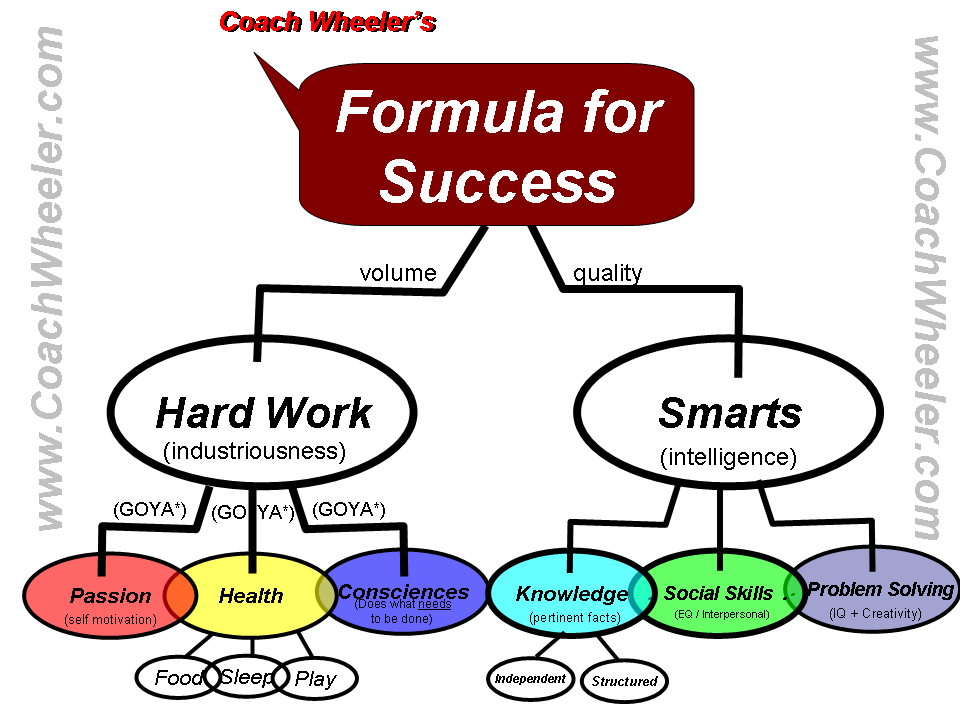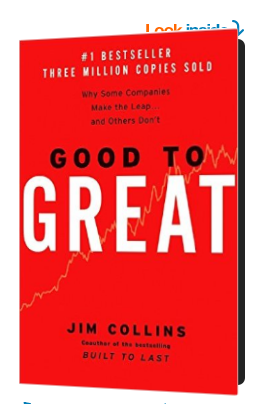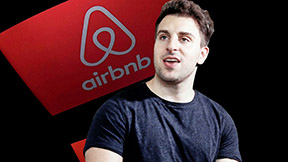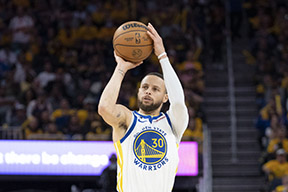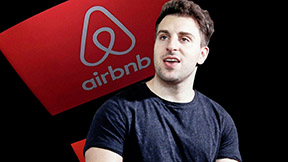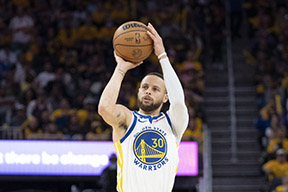Your Invitation to Greatness

Responsibility isn’t just a concept or an obligation; it’s a transformative force that unlocks human potential, leads to personal growth, and propels us toward our dreams. This is a force that’s accessible to everyone, waiting to be harnessed to shape your destiny. Let’s delve into how it can become your personal compass, guide your actions, and motivate you to reach new heights.
Embracing Response-Ability: A Personal Choice
Life doesn’t just happen to you; you have the “response-ability,” the ability to choose how you respond. Every challenge and opportunity offers a choice. By consciously choosing your reactions and aligning them with your values, you take control of your life’s direction.
Mindfulness: Approach life with awareness and intention, making choices that resonate with your authentic self.
Empathy: Understand others’ perspectives and respond with compassion and wisdom.
Wisdom: Learn from each experience, and let it guide your future choices.
Your Passion: The Guiding Star As we’ve explored earlier, identifying your passion and taking responsibility for it turns hard work into a worthwhile endeavor. Your passion isn’t just a hobby; it’s a calling. It’s what makes you come alive, drives you forward, and fuels your hard work.
Ask Yourself: What is your passion? What are you willing to take personal responsibility for? Your answers aren’t just reflections; they’re directions.
Commit to Your Passion: Make your passion a priority. Take daily actions, however small, to nurture and grow what you love.
Responsibility and Hard Work: A Dance of Fulfillment Hard work, driven by responsibility, becomes more than a grind; it’s a joyful pursuit, a dance towards fulfillment. It’s the hard work invested in what you care about that leads to growth, success, and the realization of dreams.
Embrace the Journey: Hard work is not a burden but an exciting and purpose-driven pursuit. It’s filled with challenges, triumphs, growth, and above all, joy.
Inviting Opportunity: Where Responsibility is King As Jordan Peterson said, “Opportunity exists where Responsibility has been abdicated.” Embracing responsibility opens doors to unseen opportunities and aligns your path with your potential. It’s an invitation to greatness that awaits your acceptance.
Real-Life Examples of Responsibility
Community Leaders: Individuals who took responsibility for change in their communities have left an indelible mark on history and society. Malala Yousafzai, for instance, turned her passion for education into a worldwide movement, advocating for the rights of girls to learn and grow. Her courageous stance against oppression has inspired millions to take ownership of their dreams. Similarly, Mahatma Gandhi’s non-violent struggle for freedom in India was rooted in his deep sense of responsibility to create a just society. His commitment to non-violence and truth ignited a spark of change that eventually led India to independence.
Everyday Heroes: Beyond the luminaries and public figures, there are countless everyday heroes around us who embrace responsibility, pursuing their passions, contributing positively, and inspiring others through their actions. These may be teachers who go beyond the call of duty to foster creativity and curiosity in their students or volunteers dedicating time to environmental causes they passionately believe in. It’s the single parent balancing work, family, and personal growth, never losing sight of their responsibility to their children. It’s the athlete who spends endless hours practicing, driven by a passion for excellence and responsibility to their team.
Business Innovators: The world of business also showcases exemplary instances of passion meeting responsibility. Entrepreneurs like Elon Musk have pushed the boundaries of technology, driven by a passion for innovation and a responsibility towards sustainable energy. Howard Schultz, the mind behind Starbucks, created a company culture that emphasizes social responsibility as much as coffee quality. Their relentless pursuit of their vision shows how aligning passion with responsibility can create not only monetary success but societal impact.
Environmental Stewards: The passionate fight for the environment is another vivid illustration of responsibility in action. Figures like Jane Goodall and Greta Thunberg have become synonymous with environmental stewardship. Goodall’s lifelong dedication to understanding and preserving chimpanzees has redefined humanity’s connection to nature, while Thunberg’s youth-driven climate activism has mobilized a generation to take responsibility for the planet’s future. Their work demonstrates how passion and responsibility can ignite change on a global scale.
In all these examples, the underlying theme is clear: when individuals align their passions with a deep sense of responsibility, they don’t just achieve personal fulfillment; they become catalysts for change, inspiration, and positive impact in the world around them. It’s a call to action for each one of us to identify what we love, what we believe in, and take the necessary steps to bring those passions to life through our own sense of responsibility. The path might not always be easy, but as these real-life inspirations have shown, it is a journey filled with purpose, meaning, and the potential to make a lasting difference.
A Personal Invitation
Responsibility is more than a word; it’s a pathway, a personal invitation to greatness, fulfillment, and the realization of your dreams. It’s about becoming the author of your life story, turning challenges into growth opportunities, and aligning your actions with your authentic self.
Your response-ability is waiting to be tapped. Your passion is calling out to be embraced. Your hard work is ready to be transformed into a dance of fulfillment. Opportunity awaits where you decide to take responsibility.
So here’s the question, a deeply personal and transformative one: What are you willing to take personal responsibility for? Your answer is not just a reflection; it’s a direction, a key to unlocking the life you desire.
Your path is open, and the adventure of a lifetime awaits. Are you ready to embrace responsibility, take control of your destiny, and set out on a journey towards greatness? The time is now, and the rewards are boundless. Believe in yourself, take the leap, and watch how the world unfolds before you. The greatness within you is waiting to be unleashed. It’s time to take responsibility and let your greatness shine.
Comments on Responsibility…
We look forward to hearing what you think about this series on Responsibility in the comments here or on the Coach Wheeler Facebook page. If you are interested in the other articles in the series, we recommend starting with “Response-ability“, the first article in the series.




